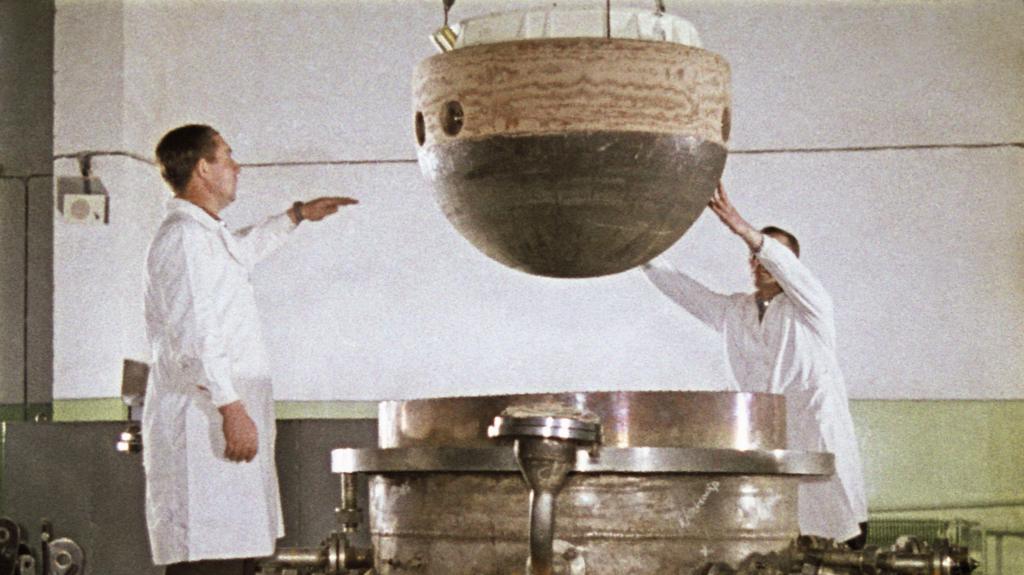A component of a Soviet-era spacecraft, orbiting for over five decades, has likely re-entered Earth’s atmosphere, according to the European Space Agency (ESA).
Kosmos 482, launched in 1972 on a Venus mission, failed to escape Earth’s orbit, fragmenting into four pieces. These remnants have remained in orbit for more than fifty years.
The EU Space Surveillance and Tracking centre (SST) reported that one fragment, believed to be the lander, most likely re-entered the atmosphere around 06:16 GMT on Saturday.
The object’s fate—whether it burned up or impacted the ground—remains undetermined, as does its precise re-entry location.
Despite uncertainties, the likelihood of significant harm is low, given that 70% of Earth’s surface is ocean.
Stijn Lemmens, a senior ESA analyst, stated, “It’s much more likely that you win the lottery than that you get impacted by this piece of space debris.”
Kosmos 482’s lander, designed to withstand Venus’s harsh atmosphere, possessed a robust heat shield and structure, potentially enabling survival of uncontrolled atmospheric re-entry.
However, its parachute system, intended for Venus descent, is likely degraded after its prolonged exposure to space.
Mr. Lemmens clarified that atmospheric re-entry of human-made objects is frequent, occurring weekly for larger spacecraft and daily for smaller ones, with most burning up completely.
Notable past events include the 2022 re-entry of China’s Long March 5B booster over the Indian Ocean and the 2018 disintegration of the Tiangong-1 space station over the Pacific Ocean.1 2
Kosmos 482 is now under close observation by international space agencies.
Mr. Lemmens advocates for future spacecraft designs that incorporate safe, controlled de-orbiting procedures, enabling precise landing predictions and mitigating risks to populations and the environment.

